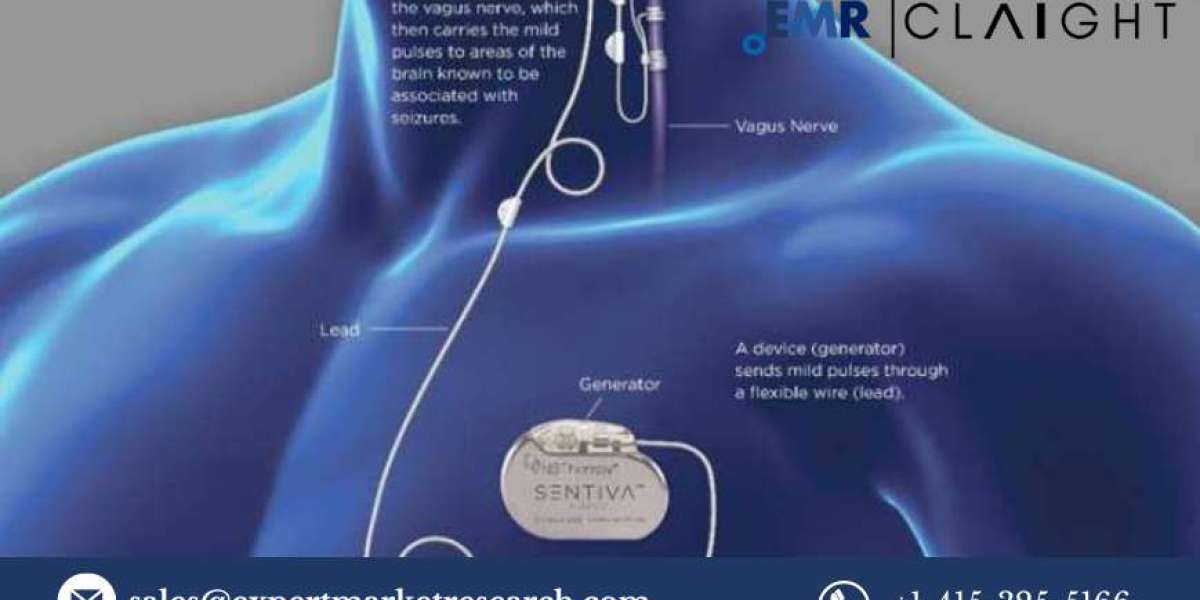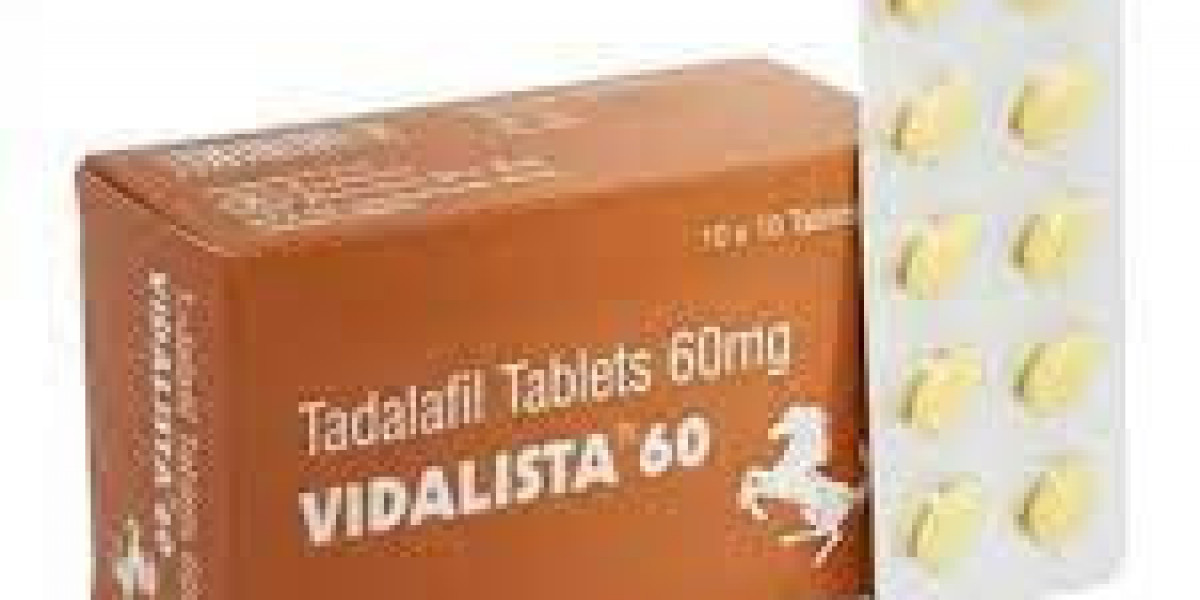The neuromodulation devices market is witnessing a profound transformation, underpinned by technological advancements and the increasing prevalence of neurological disorders. By 2023, the market had already reached a significant valuation of USD 8.65 billion, with projections indicating a robust growth trajectory to USD 20.83 billion by 2032, driven by a CAGR of 10.3%. As we explore the factors behind this growth, it becomes clear that neuromodulation devices are not just a technological innovation but a crucial component in modern medical care.
Understanding Neuromodulation Devices
Neuromodulation devices are specialized medical technologies that modulate nerve activity by delivering electrical or pharmacological agents directly to a targeted area of the body. These devices are vital in treating a range of neurological and psychiatric conditions, offering alternatives when conventional therapies fall short. The primary types of neuromodulation devices include:
Spinal Cord Stimulators (SCS): Used primarily for managing chronic pain, SCS devices work by delivering electrical impulses to the spinal cord, altering pain signals before they reach the brain.
Deep Brain Stimulators (DBS): DBS devices are often employed in treating movement disorders such as Parkinson’s disease and dystonia. These devices involve implanting electrodes in specific brain areas to regulate abnormal impulses.
Vagus Nerve Stimulators (VNS): VNS devices are used to treat conditions like epilepsy and depression. By stimulating the vagus nerve, these devices help modulate brain activity and reduce the frequency and severity of seizures or depressive episodes.
Sacral Nerve Stimulators: These devices target the sacral nerve to treat conditions like urinary incontinence and fecal incontinence, offering a significant improvement in quality of life for affected individuals.
Key Market Drivers: A Detailed Analysis
The neuromodulation devices market is being propelled by several critical factors, each contributing to the rapid adoption and evolution of these technologies:
Rising Prevalence of Neurological Disorders: The global population is aging, leading to an increase in age-related neurological conditions such as Parkinson’s disease, Alzheimer’s disease, and chronic pain. Additionally, epilepsy, a common neurological disorder, affects millions worldwide, with many patients not responding to traditional pharmacological treatments. Neuromodulation devices offer a lifeline for these patients, providing an effective alternative where other therapies have failed.
Technological Advancements: The neuromodulation field is at the forefront of medical innovation. Recent advancements include the miniaturization of devices, the development of wireless technologies, and the integration of AI and machine learning. For instance, AI algorithms can analyze patient data in real-time, allowing for personalized stimulation settings that optimize therapeutic outcomes. The continuous evolution of these devices enhances their efficacy, reduces side effects, and broadens their application scope.
Shift Toward Minimally Invasive Procedures: The modern healthcare landscape increasingly favors minimally invasive techniques, which offer quicker recovery times, reduced pain, and lower risk of complications. Neuromodulation devices, particularly non-invasive and implantable options, align perfectly with this trend. For example, transcutaneous electrical nerve stimulation (TENS) units offer pain relief without the need for surgery, making them accessible to a broader patient base.
Expanding Indications: Initially developed for specific neurological conditions, neuromodulation devices are now being explored for a wider range of applications, including gastrointestinal disorders, obesity management, and even addiction treatment. This expansion is driven by ongoing research and clinical trials that uncover new therapeutic potentials for these devices, significantly broadening their market appeal.
Trending Developments in Neuromodulation
Non-Invasive Neuromodulation: One of the most significant trends in the market is the shift towards non-invasive neuromodulation techniques. Devices like tVNS (transcutaneous vagus nerve stimulation) have opened up new treatment possibilities, particularly for patients who are either not candidates for surgery or prefer less invasive options. These devices deliver therapeutic electrical impulses through the skin, offering a painless and effective alternative to implanted devices.
Artificial Intelligence and Machine Learning: The integration of AI and machine learning is revolutionizing the way neuromodulation devices are used. By analyzing vast amounts of patient data, these technologies can predict the most effective stimulation parameters, leading to more personalized and precise treatments. This not only improves patient outcomes but also enhances the overall efficiency of neuromodulation therapies.
Increased Regulatory Approvals: The neuromodulation market is seeing a wave of regulatory approvals, with the FDA and other global regulatory bodies fast-tracking new devices and expanded indications. This regulatory momentum is crucial as it accelerates the availability of new treatments to patients, while also boosting market confidence and investment in neuromodulation technologies.
Strategic Collaborations and Partnerships: Collaboration is key in the neuromodulation market, with companies forming strategic alliances to drive innovation and market penetration. For instance, partnerships between device manufacturers and academic institutions are fueling the development of next-generation neuromodulation systems that promise to be more effective and user-friendly.
Competitive Landscape: Leaders in Innovation
The competitive landscape of the neuromodulation devices market is dominated by a few key players, each contributing to the market’s growth through innovation, strategic acquisitions, and extensive research and development efforts. Some of the prominent companies include:
NeuroPace, Inc.: A pioneer in responsive neurostimulation, NeuroPace's devices are primarily used to treat epilepsy, offering a tailored approach that adjusts stimulation in real-time based on brain activity.
electroCore, Inc.: Specializing in non-invasive vagus nerve stimulation, electroCore has developed devices like gammaCore, which is used to treat primary headache disorders, including migraines and cluster headaches.
Medtronic plc: A global leader in medical technology, Medtronic’s neuromodulation portfolio includes devices for managing chronic pain, movement disorders, and other neurological conditions. Their extensive R&D efforts have kept them at the forefront of innovation in this market.
LivaNova, PLC: Known for their VNS Therapy System, LivaNova is a significant player in the market, particularly in the treatment of epilepsy and depression. Their devices are widely used and have a strong track record of clinical efficacy.
Boston Scientific Corporation: Boston Scientific offers a wide range of neuromodulation devices, including spinal cord stimulators and deep brain stimulators. Their focus on user-friendly designs and advanced technology has helped them maintain a strong market position.
These companies are not only leading in terms of market share but are also driving the industry forward through continuous innovation and strategic investments in new technologies and markets.
Challenges and Opportunities in the Market
While the neuromodulation devices market is on a growth trajectory, it is not without its challenges:
High Costs: Neuromodulation devices are often expensive, which can limit access for patients, especially in lower-income regions. The high cost of these devices is a significant barrier to their widespread adoption, despite their therapeutic benefits.
Regulatory Hurdles: Navigating the complex regulatory landscape can be challenging, particularly for new entrants in the market. Obtaining approvals for new devices or expanded indications is a time-consuming and costly process that requires significant resources.
Limited Reimbursement: In many regions, reimbursement policies for neuromodulation devices are not fully established, making it difficult for patients to afford these treatments. This lack of reimbursement can hinder market growth, particularly in emerging markets.
However, these challenges also present opportunities. Companies that can innovate to reduce costs, streamline regulatory approvals, and work with policymakers to improve reimbursement can gain a significant competitive advantage.
Regional Insights: A Global Perspective
The neuromodulation devices market is truly global, with significant growth expected across all major regions:
North America: As the largest market for neuromodulation devices, North America is driven by high healthcare spending, a large patient population, and a favorable regulatory environment. The region’s strong focus on R&D and early adoption of new technologies makes it a key market for neuromodulation devices.
Europe: Europe is another major market, with increasing adoption of neuromodulation devices for treating chronic pain and neurological disorders. Countries like Germany, the UK, and France are leading the way, thanks to their advanced healthcare infrastructure and supportive government policies.
Asia-Pacific: The Asia-Pacific region is expected to see the fastest growth, driven by rising healthcare expenditures, increasing awareness of neurological disorders, and improving access to advanced medical technologies. China, Japan, and India are the key markets to watch in this region.
Latin America and the Middle East & Africa: These regions are also showing promise, with growing healthcare infrastructure and increasing demand for advanced medical treatments. However, challenges such as high costs and limited access to healthcare in certain areas may temper growth.
The Road Ahead: Future Outlook
Looking ahead, the neuromodulation devices market is poised for continued growth, driven by ongoing technological advancements and an expanding range of applications. The integration of AI and machine learning, coupled with the development of more patient-friendly devices, will likely accelerate the adoption of neuromodulation therapies.
Furthermore, as companies continue to innovate and expand into new markets, the potential for growth in the neuromodulation devices market is enormous. Strategic partnerships, mergers and acquisitions, and investment in R&D will be key to capturing this growth.
Related Report
https://www.expertmarketresearch.com/reports/autism-spectrum-disorders-market
https://www.expertmarketresearch.com/reports/breast-cancer-treatment-market
https://www.expertmarketresearch.com/reports/contraceptive-devices-market/market-size







